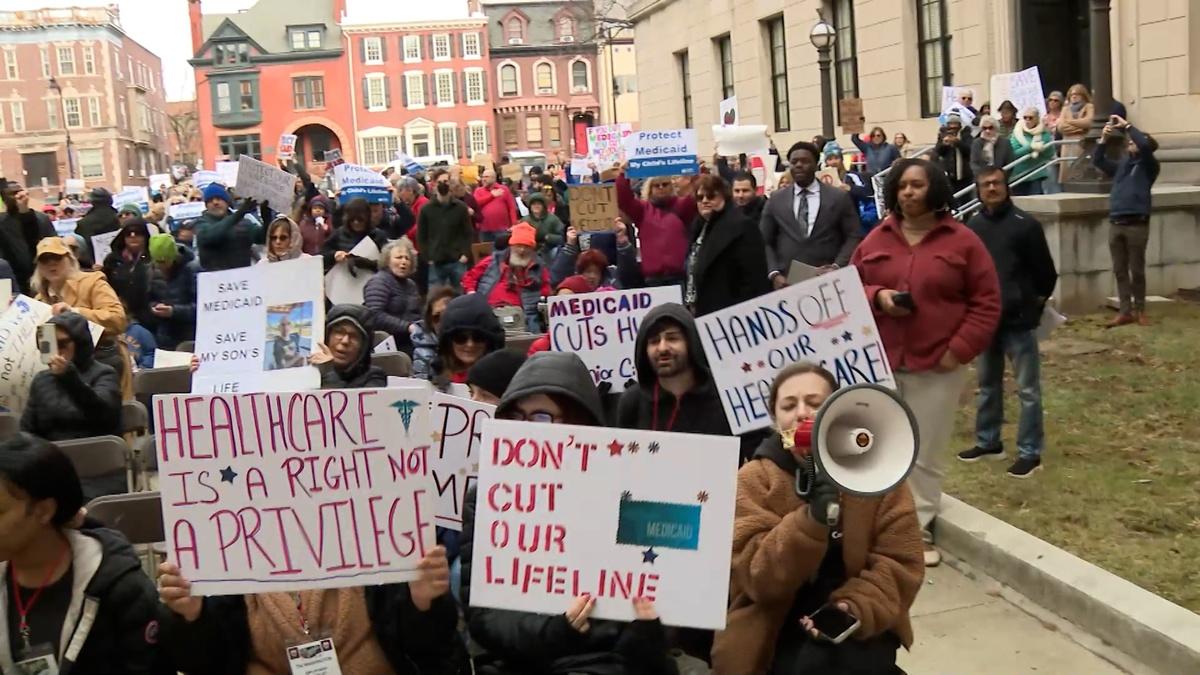The Children’s Aid Food Box program, a lifeline for hundreds of families in Staten Island"s North Shore, is on the brink of collapse following devastating cuts to federal funding. Each week, this essential program provides low-cost, fresh produce to families living in one of the borough"s most notorious food deserts. With recent cuts to the Supplemental Nutrition Assistance Program Education (SNAP-Ed), the future of this vital service is now uncertain, leaving over 100 families scrambling for alternatives.
Food Deserts Are Killing Us
Food deserts are not just a phrase; they represent a harsh reality for many Americans, particularly in Staten Island. According to the USDA"s Food Access Research Atlas, many households live more than a half-mile from the nearest supermarket, and those who lack access to a vehicle face an uphill battle against food insecurity. Dr. Shiara Ortiz-Pujols, director of medical weight loss at Staten Island University Hospital, emphasizes that the problem is not merely a lack of food, but a severe absence of nutritious, fresh options. This situation forces residents to rely on processed foods that are low in nutritional value, leading to an array of health issues.
Elimination of SNAP-Ed Funding Hits Hard
Children’s Aid’s Food Box program, which has been operating for nearly a decade, relies entirely on funding from SNAP-Ed. The program provides bags of fresh produce for only $14, or $7 for SNAP recipients, making it an affordable option for families struggling to make ends meet. As reported by researchers, community-based programs like this are crucial in alleviating food insecurity and promoting healthier eating habits. The recent elimination of SNAP-Ed funding in the federal spending bill puts programs like this in jeopardy, with Children’s Aid now only funded through September.

Hundreds rally to protest potential Medicaid cuts | NJ Spotlight News ...
Community Voices Demand Action
The community response has been overwhelmingly supportive of the Food Box program. Ilene Pappert, director of the Goodhue Community Center, notes that the program has fostered a sense of community, with families sharing recipes and discovering new ingredients. Samantha Lee, a dietetic student and program assistant, highlights the excitement among community members as they engage with fresh produce they might otherwise never try. This program is not just about food; it’s about building a healthier community.
State Officials Remain Unresponsive
Despite the program"s success, state officials, including Gov. Kathy Hochul, have been noncommittal about providing emergency funding to fill the gap left by federal cuts. The governor’s office acknowledges that SNAP-related cost shifts from the bill could cost New York state up to $2.1 billion a year, potentially depriving over 300,000 households of their benefits. This lack of action from the state government raises serious concerns about their commitment to fighting food insecurity in New York.

Millions of US women, children risk hunger without more aid ...
Long-Term Health Risks Loom Over Staten Island
The implications of these funding cuts extend well beyond immediate food access. Dr. Ana Mendez, chief of ambulatory pediatrics at Richmond University Medical Center, warns that the poor nutrition resulting from reliance on processed foods will lead to high rates of obesity and related health conditions among children and families. This not only affects the health of individuals but places additional burdens on the already strained healthcare system. The connection between food insecurity and chronic health issues is well-documented, as noted in studies by the National Institutes of Health.








![[Video] Trump clarifies warning on Venezuelan airspace, denies imminent airstrike](/_next/image?url=%2Fapi%2Fimage%2Fthumbnails%2Fthumbnail-1764541870318-vgpub6-thumbnail.jpg&w=3840&q=75)